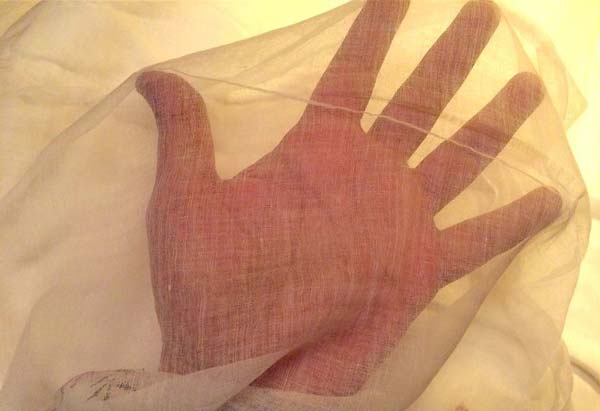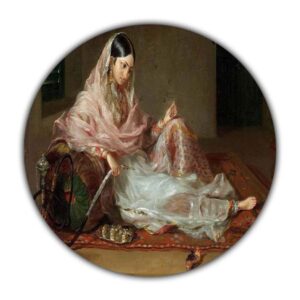Fabric Heritage of Muslin
Exploring the Timeless Tapestry: The Rich History of Muslin Fabric
Welcome to the world of Monsoon Royale, where we embark on a journey through the elegant and rich history of Muslin fabric, a textile treasure that has woven its way through the cultural tapestry of the ages. Muslin, often referred to as the “wonder fabric,” has a legacy steeped in luxury and craftsmanship, with roots tracing back to the ancient civilizations along the banks of the Ganges.
Imagine wearing a dress people cannot see. It can leave you wondering, “What even is the purpose of wearing such a dress?”. Such was the case in Europe in the early 18th century. An international scandal was created, that accused a certain social class of roaming naked in the public. The cloth was practically such a delicate, thin, and transparent masterpiece it would be called “Baft Hawa” or “Woven Air”. As the name suggests, it felt as if the air was woven instead of threads in a cloth. It was the most valuable fabric in the entire world just two centuries ago, famously known as the Dhaka Muslin.
Origins of Opulence
Muslin’s story begins in the Indian subcontinent, where it was first cultivated in the ancient city of Dhaka, now in Bangladesh. Known for its incredibly fine weave and lightweight texture, Muslin swiftly became a symbol of opulence, sought after by royalty and elite circles across the globe. Mughal emperors wore dresses made of Dhaka muslin, and this became another crucial signifier of its quality.
The Fabric of Royalty
Muslin started its journey more than about 400 years ago. Muslin manufactured from ancient Bengal (Bangladesh as well as the Western Bengal of India) got spread and exported at a large scale to China, America, Netherlands, Germany, Egypt, Italy, the markets of several countries of Europe and so on.
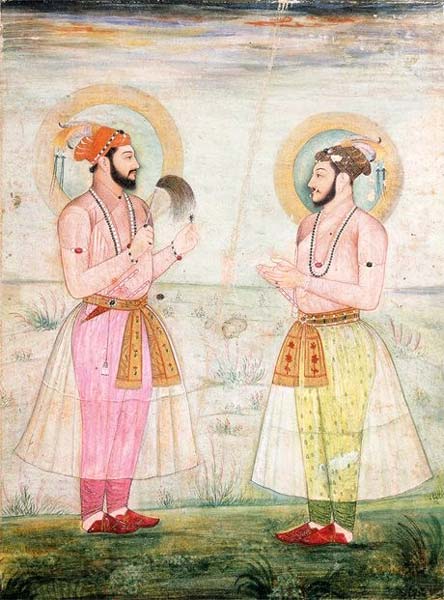
The Romans prized muslin highly, using bullion and gold coins to buy the material from Deccan and South India. They introduced muslin into Europe, and eventually, it became very popular. The lightweight and sheerness of the cloth have been mentioned in various ancient writings. Roman wives simply fell in love with muslin cloths. Muslin was also a prized material in ancient Egypt and Babylon. It is even said that the Egyptian royals, mummified within the ending period of the Royal families, around 1462 BC was found covered with muslin and colored in indigo from Bengal.
The stories of Muslin in the Indian subcontinent are interesting. One story describes that Zeb-un-Nissa, daughter of Emperor Aurangzeb, got highly scolded by her father for coming to the courtroom “almost naked” even after being clad with seven layers of muslin. Another story about Mal-Mal Khash, another type of muslin, talks about a weaver who wove a thin piece of muslin for Nawab Alivardi Khan. It was so thin that after washing and letting it dry on the grass, it was not identifiable and eventually fed to a cow with the grass. Alivardi Khan later sent away the weaver away from the city.
From source to seekers
Muslin, the royal fabric woven of air, had its origin in Dhaka. The reason being that the cotton plant “Phuti Carpus” from which the fabric is produced, is grown only in the southern area of Dhaka. However, Bangladesh lost this special plant to weave the fine fabric. To rejuvenate this finest handspun fabric, Bangladesh went on a quest to bring back the Muslin after scrupulously searching for the possibly extinct Phuti carpus cotton. From Kolkata to London, after being shown hundreds of imported pieces of Mughal era Muslins, the plant was discovered in the riverside town of Kapasia, north of the capital. Currently the plant is being produced in experimental farms with an aim to scale up yields and production and plants are to be grown in Gazipur.
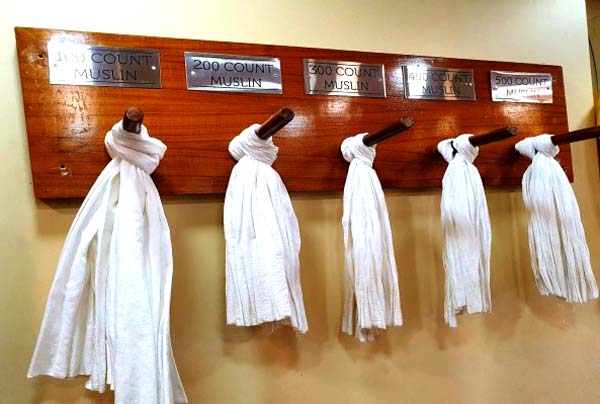
Weaving Artistry
Weaving Muslin cloths was very difficult particularly due to the delicate structure of the threads. The cloth had to be handwoven, while the thread was unusually thin and produced through hand-spinning yarns. Yet, the quality of the fabric seems quite unachievable even when using modern-day machinery. Thread count is the number of threads per square inch of fabric. In today’s standard, a thread count of 200 to 400 is considered for soft and comfortable clothes.
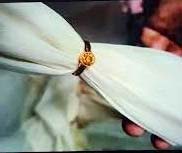 Luxury sheets that are considered really high quality have a thread count between 600-800. Comparing these with the rumored 2425 thread count in Muslin, an idea about the quality of Muslin can be acquired. The cloth was incredibly light, transparent, and thin. For instance, one square yard of Muslin cloth would weigh only eleven grams. A popular statement about Muslin is that it was fabric so thin that it could pass through the aperture of a finger ring. The thin structure of the clothing also made it highly transparent. Nearly everything under the Muslin clothes could be seen from outside as if the person were not wearing anything. Hence, the cloth was used as a luxury item, not for meeting the need of covering one’s body.
Luxury sheets that are considered really high quality have a thread count between 600-800. Comparing these with the rumored 2425 thread count in Muslin, an idea about the quality of Muslin can be acquired. The cloth was incredibly light, transparent, and thin. For instance, one square yard of Muslin cloth would weigh only eleven grams. A popular statement about Muslin is that it was fabric so thin that it could pass through the aperture of a finger ring. The thin structure of the clothing also made it highly transparent. Nearly everything under the Muslin clothes could be seen from outside as if the person were not wearing anything. Hence, the cloth was used as a luxury item, not for meeting the need of covering one’s body.
Muslin in the Western World
The Romans highly valued muslin and used gold and silver coins to purchase it from South India and the Deccan. 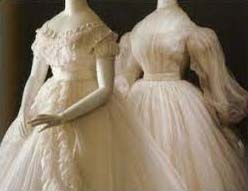 Muslin was brought to Europe by the Romans, where it quickly became popular. The people of that time preferred and were familiar with a wide variety of Dhaka Muslins. However, some poets honored and gave specific names to some of the best works. ‘Baft-hawa’ was one of the names of the finest Dhaka Muslin, meaning weaved air. High-end muslins were thought to be as delicate and light as the breeze. Travelers once said that it was possible to pull this flexible fabric through a ring’s center. Additionally, travelers to these parts claimed that a Dhaka Muslin that was 60 feet (18 meters) long could fit inside a pocket box. This provides insight into the fabric’s delicate nature and corroborates to the stories we heard.
Muslin was brought to Europe by the Romans, where it quickly became popular. The people of that time preferred and were familiar with a wide variety of Dhaka Muslins. However, some poets honored and gave specific names to some of the best works. ‘Baft-hawa’ was one of the names of the finest Dhaka Muslin, meaning weaved air. High-end muslins were thought to be as delicate and light as the breeze. Travelers once said that it was possible to pull this flexible fabric through a ring’s center. Additionally, travelers to these parts claimed that a Dhaka Muslin that was 60 feet (18 meters) long could fit inside a pocket box. This provides insight into the fabric’s delicate nature and corroborates to the stories we heard.
As Muslin made its way to the Western world, it continued to captivate hearts with its luxurious appeal. Monsoon Royale is on a mission to bridge cultures, seamlessly blending the heritage of Muslin with Western styles. Our goal is to introduce this ancient fabric to the modern woman’s wardrobe, infusing it with a touch of timeless grace and sophistication.
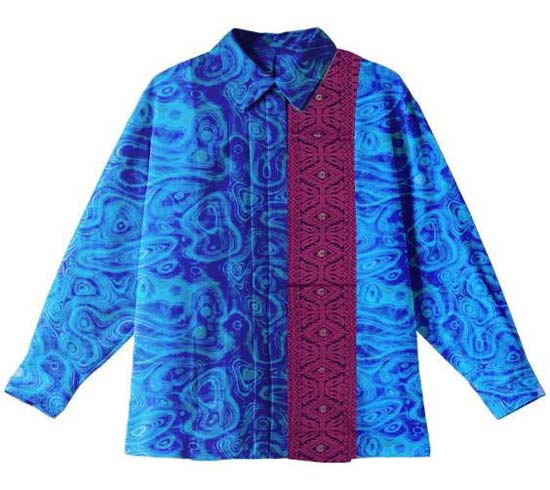
A Fusion of Heritage and Modernity
At Monsoon Royale, we celebrate the union of heritage and modernity. Our collection of Western women’s clothing is designed to showcase the unparalleled elegance of Muslin, bringing forth a harmonious blend that transcends cultural boundaries. Each piece tells a story of tradition meeting contemporary style, creating a wardrobe that is both classic and cutting-edge.
Redefining Elegance
Join us as we redefine elegance with Muslin, where the soft whispers of history meet the bold instatements of modern fashion. Monsoon Royale is more than a brand; it’s a celebration of cultural fusion, a tribute to the timeless allure of Muslin, and an invitation to adorn yourself in the sophistication of a fabric that has graced queens and captivated civilizations.

